A Documentary Photography Definition
Documentary photography depicts life around us, and often involves long term photography projects. Although it’s sometimes associated with social issues and hard-hitting topics, documentary photography can tell any story. Don’t feel daunted by the serious themes we see online and in publications – you don’t have to be a professional documentary photographer to tell your story. There can be beauty and controversy in your ‘every day’.
1. Know the Story You’re Photographing
Getting familiar with your story’s people or theme is Photography Storytelling 101. The information you can access will vary depending on the situation, but knowing as much background as possible will provide depth and balance.
People Photography
If you’re in a situation where you can learn about the individuals involved before you take your photos, make the most of it! Introduce yourself, build a rapport, and do first-hand research. This will help you get physically closer with your lens, build trust, and capture great candid portraits. If you’re photographing public figures, the internet is your friend. Find out more about them and check out how they’ve been photographed in the past.
Topics and Themes
Are there more sides to your story? Learning and understanding about different viewpoints doesn’t mean you need to agree with them. It does help you to develop responsiveness and encourages you to use your camera differently to create a more rounded story. Find out about the history of your subject. If it’s in the news, read about it from a variety of different news sources. It’s important that you can expand on your photographs with your own words to explain the subject.
Location
If you can, visit the location beforehand to see how the light works, if there are any barriers such as traffic detours, building sites, or milking times (not everyone’s in the city). Learn about and respect any cultural significance of a location. Take the opportunity to take test shots.
2. Make an Open-Minded Plan
Creating a plan for your story is useful. Being flexible with that plan is even more useful. I think planning a documentary photo shoot is like a birth plan. Research and organise, but be prepared to throw it out the window and rely on intuition and expert advice if it all turns pear-shaped at the critical moment! You might go out with your camera regularly for six months to document a particular theme, or perhaps you have a collection of 50 photos that you want to curate to tell a story. Either way, ask yourself the following questions to keep you focused, and put them down on paper:
What’s the story you want to tell? Who/what is involved? Who is the audience for your story? Where is the story happening? Is there just the one location or there other secondary locations that will help provide further insight to your story? Do you need to investigate access, permissions, or any health and safety requirements? Why is your story important? Why will other people be interested in your story? When is the story unfolding? Do you need to take photos over a long period of time? Could you incorporate archival photographs into your story? How will you document the story? Do you need to book transport, arrange childcare, invest in a new lens or buy sturdy walking shoes? Will you need to investigate exhibition spaces, website platforms, or photo book options?
When you’re out and about with your camera, life happens – often unplanned. If you’re photographing your planned story but something quite huge, exciting and different starts up – go with it!
3. Getting the Basics Right
All the planning in the world doesn’t work if you don’t have the basics right. I think back to the times when I didn’t take spare batteries, set the focus properly, or check the tides table. These were all excellent learning curves! In today’s age of digital photography, we can afford to click the shutter many times. The more you practice, the better your skill and intuition will be setting shutter speed and aperture. Practising also provides you with loads of opportunities to experiment with light and composition. By becoming comfortable with the basics, you can then concentrate on your story and subjects, and also reduce post-production time.
4. Framing the Whole Picture in Your Documentary Photos
Shots
When I’m telling a story through a series of photographs, I make a rough plan of the type of shots I think would work (eg close-up of building rubble reflection in puddle, high angle long-shot of the building rubble from 4th floor of nearby building, medium shot of people looking at rubble). I take this list with me and check it regularly. Your story will dictate the type of shots you need. You may want to produce a series of portraits all taken from the same height and angle, or you might want to mix it up with different viewpoints. Whatever your plan, have a vision of it in your head as you progress.
Lenses
A variety of lenses can really help to provide a full picture, but they’re also heavy if you’re doing a lot of walking around. For documentary photography, I tend to stick with my Canon 5D MII with 50mm 1.8 and 70-200mm 1.4L lenses. Depending on the location and story, I often lug around the 17-40mm 1.4 lens for wide shots. Gear is important but so is familiarity. If you only have a 20 year old camera with one lens that you love and are comfortable with, use that!
5. Capturing the Emotion
Without a doubt, my photographs that are the most popular in my networks are those that evoke an emotional response. Often they include people, but not always. Capturing facial expressions in your documentary photography is a great way to convey the emotion of a story. You can also look for:
Body posture – what do shoulders, hands, or a tilt of the head say;
Light and weather – a cold, drizzly day provides a moody atmosphere;
Composition – negative space and placement of a subject within a frame communicates a range of emotions;
Juxtaposition – think of a determined flower blossoming in an abandoned neighbourhood or a 19th Century house boxed in by a 21st Century high-rise. Contrasts compel us to think beyond the objects we’re looking at. Celebrate diversity and contrasts you see and capture them on camera.
6. How to Break Some Rules in Documentary Photography
Yes, getting the basics right is important – but there’s sometimes room for a bit of rule-breaking! It’s useful to understand how these techniques work as they can help enhance your story. If you’re shooting quickly in response to unfolding events, you might have to include these.
Movement – this is my personal favourite. Carefully incorporating movement by using a slow shutter speed can be a great narrative tool. It’s important that it doesn’t look like accidental blur though, so practice with and without a tripod in different light conditions.
Contre-jour – the technique of shooting ‘into the light’ seems to go against the rule we’ve grown up with of shooting with the sun behind you. Don’t be afraid to point the camera towards a light source, with a subject between you and the light. Overexpose the photograph slightly so that you still get detail in the subject. You’ll need to then tweak this in post-production.
Work fast – you need to plan and carefully frame your images but if something unexpected happens, you’ll need to quickly get in the zone and start shooting. You won’t always have time to nicely compose the frame and ponder composition. Gear – good quality cameras, lenses, and accessories are fantastic and provide you with the bells and whistles you need to make great photographs. Unfortunately, they’re out of reach financially for many. Work with the resources you have as best you can. I did all my training on a 3rd-hand camera and two lenses – all over 15 years old. I had to stick with ISO100, and carried a tall chair around instead of a tripod. Whatever you choose to use, take it everywhere with you!
7. Showing Your Story Photography
Sharing your documentary photography is important. It broadens viewers’ knowledge, helps them to understand different ways of life, and feeds the soul. It’s also an important learning experience for gathering constructive feedback. Your story themes and target audiences will help define how you show your work. A community-based story could be exhibited in a public library, community gallery or local magazine. Alternatively, you may prefer to share a photographic documentary via an online exhibition to reach a wider audience. For very personal stories, a photo book is a great idea for future generations to access.
8. Photo Editing Tips
Photo editing (post-production) is an interesting and dangerous beast with documentary photography. We have a variety of tools at our fingertips to alter and enhance scenes – effectively changing the original story we photographed. My personal rule is that any post-production is done to help tell the main story – never change it. I see documentary photographs as records of events and I don’t want the impact of the story to be the diluted with special effects. I tend to work in Adobe Camera Raw or Lightroom and occasionally Photoshop using the following tools:
Cropping – so much of a story can be altered by what is removed from the frame. If you have to crop, make sure the photograph still represents the scene you photographed Black and white conversion, HSL/Greyscale sliders Basic tweaking of exposure, temperature and clarity Dodge/burn tools to bring out key subjects Spot healing tool to remove distracting spots and marks.
Conclusion
Documentary photography allows you to have a voice and tell your story through your camera. Be inspired by something you feel passionate about and make a record of it before it’s too late. It’s a fantastic way to work on photographic technique, expand your knowledge of an issue or place, and share your story with others.
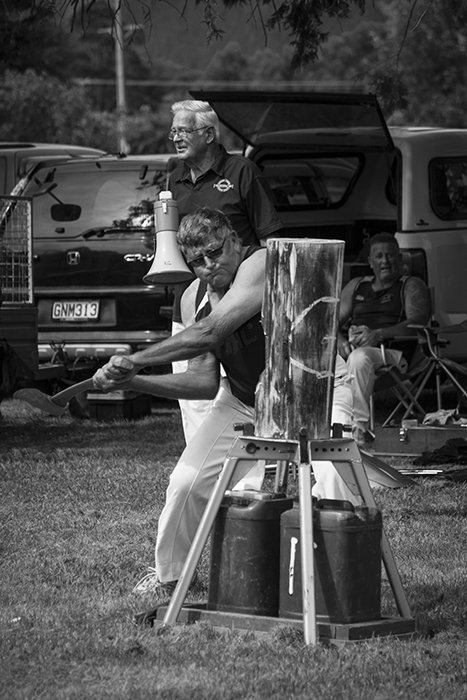


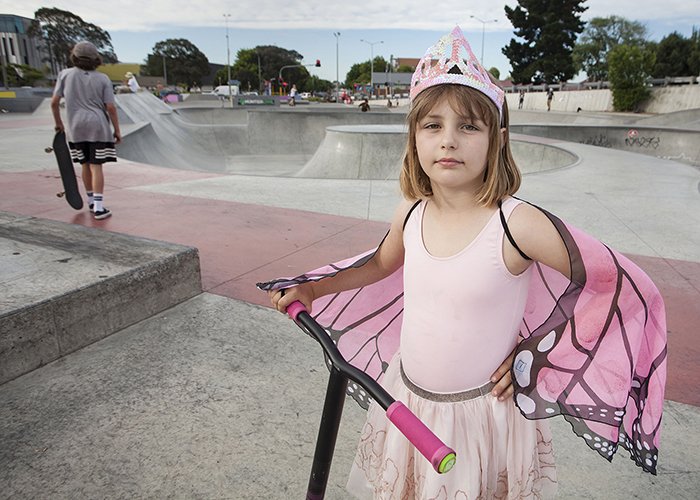
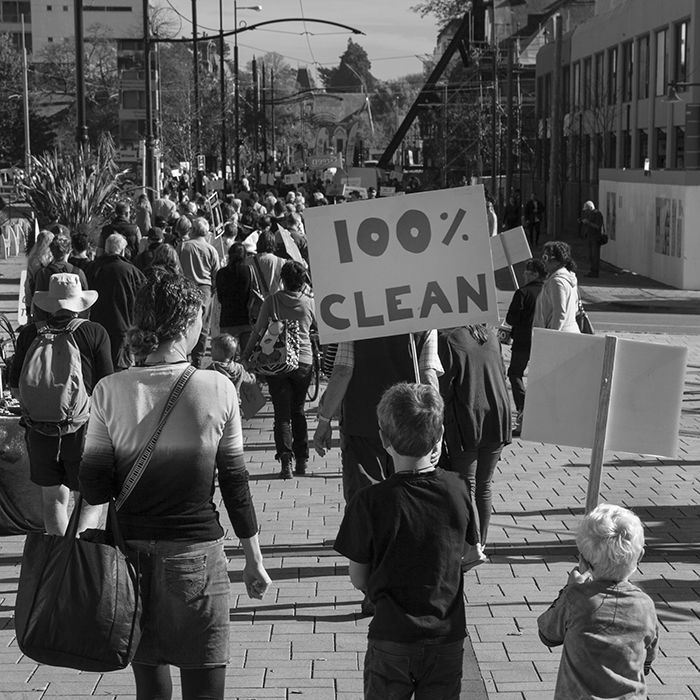
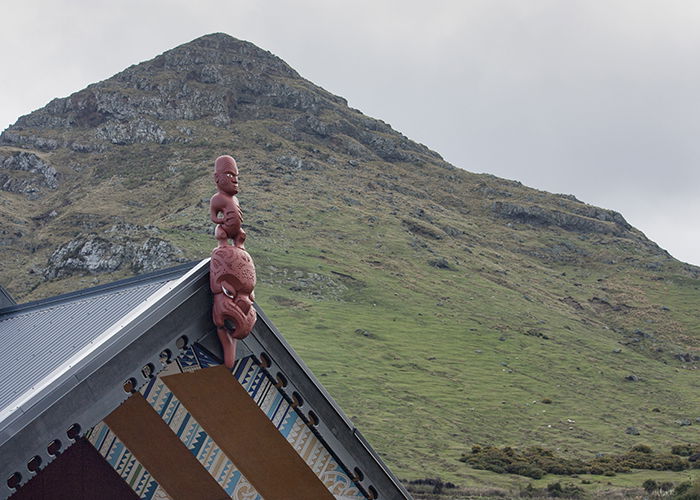

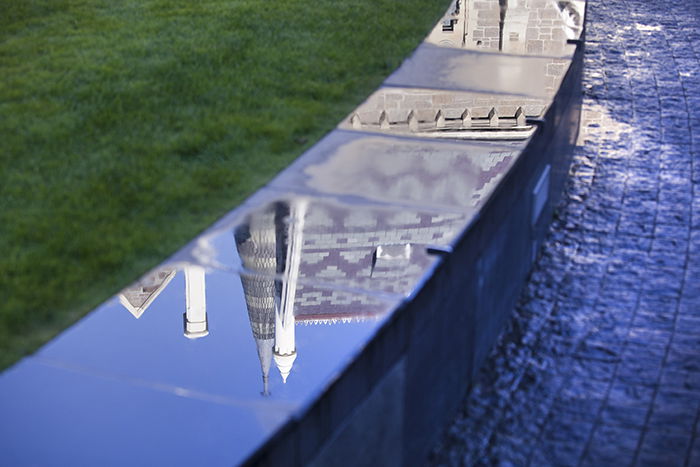
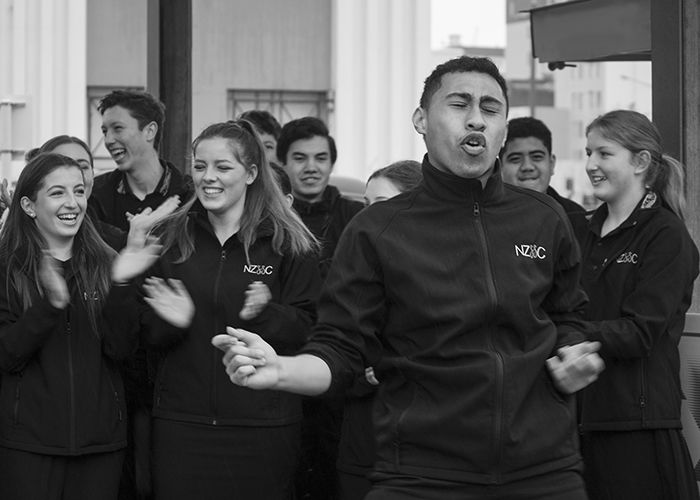


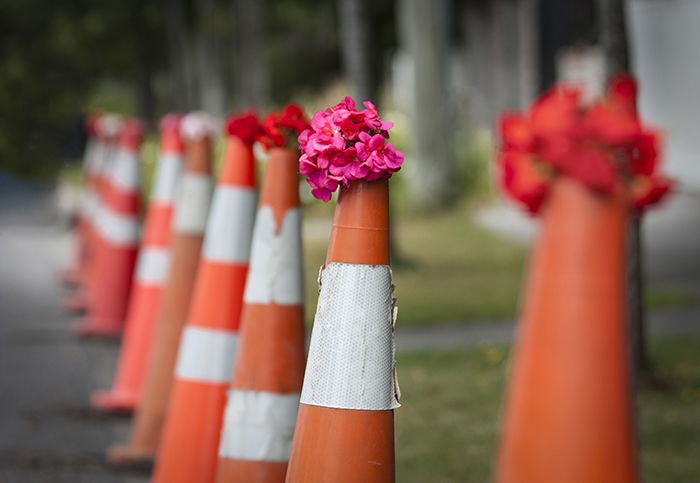
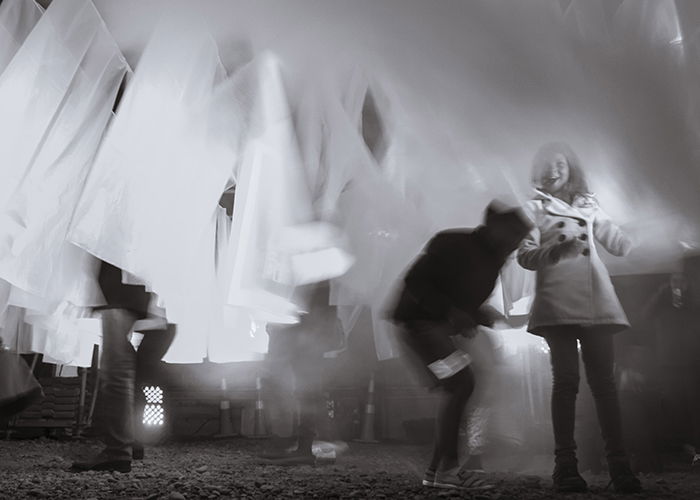
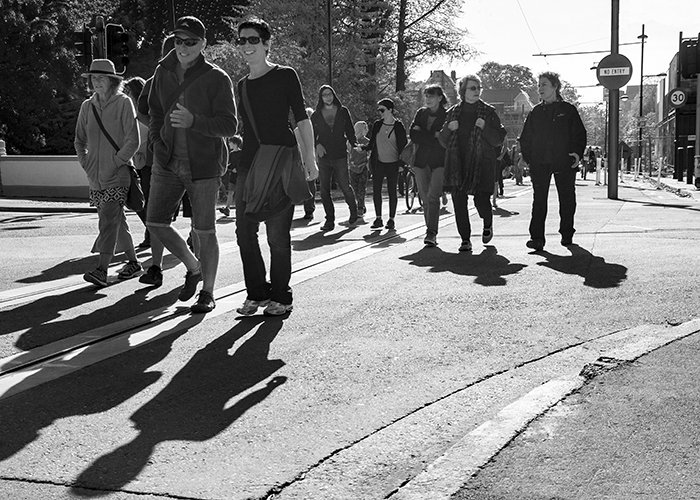
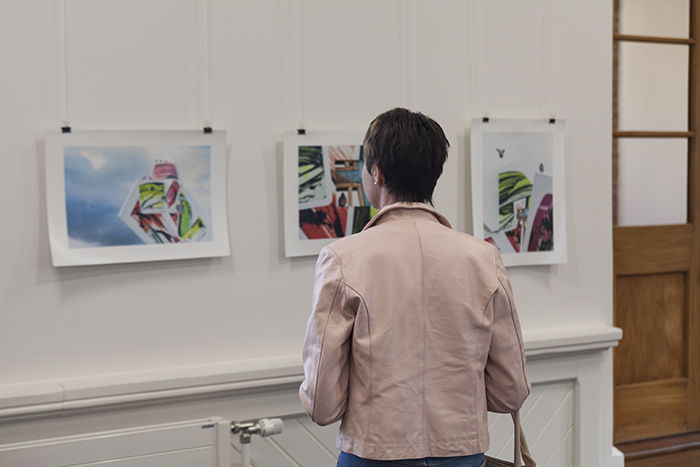
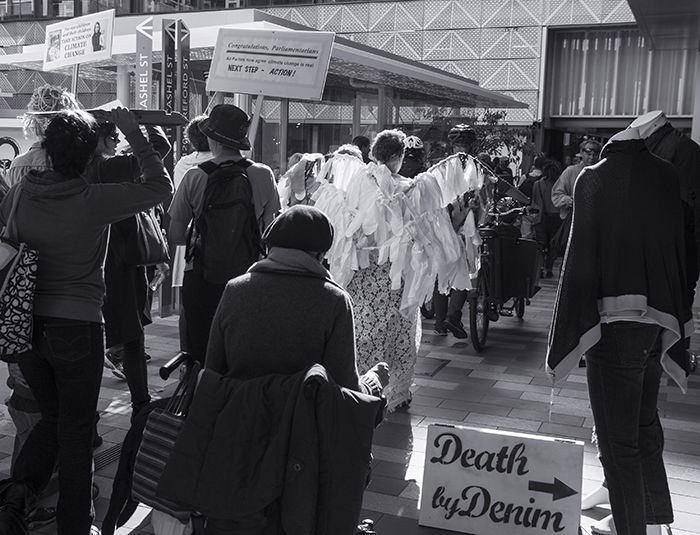
title: “8 Documentary Photography Tips For Telling Great Stories” ShowToc: true date: “2023-02-21” author: “James Wahl”
A Documentary Photography Definition
Documentary photography depicts life around us, and often involves long term photography projects. Although it’s sometimes associated with social issues and hard-hitting topics, documentary photography can tell any story. Don’t feel daunted by the serious themes we see online and in publications – you don’t have to be a professional documentary photographer to tell your story. There can be beauty and controversy in your ‘every day’.
1. Know the Story You’re Photographing
Getting familiar with your story’s people or theme is Photography Storytelling 101. The information you can access will vary depending on the situation, but knowing as much background as possible will provide depth and balance.
People Photography
If you’re in a situation where you can learn about the individuals involved before you take your photos, make the most of it! Introduce yourself, build a rapport, and do first-hand research. This will help you get physically closer with your lens, build trust, and capture great candid portraits. If you’re photographing public figures, the internet is your friend. Find out more about them and check out how they’ve been photographed in the past.
Topics and Themes
Are there more sides to your story? Learning and understanding about different viewpoints doesn’t mean you need to agree with them. It does help you to develop responsiveness and encourages you to use your camera differently to create a more rounded story. Find out about the history of your subject. If it’s in the news, read about it from a variety of different news sources. It’s important that you can expand on your photographs with your own words to explain the subject.
Location
If you can, visit the location beforehand to see how the light works, if there are any barriers such as traffic detours, building sites, or milking times (not everyone’s in the city). Learn about and respect any cultural significance of a location. Take the opportunity to take test shots.
2. Make an Open-Minded Plan
Creating a plan for your story is useful. Being flexible with that plan is even more useful. I think planning a documentary photo shoot is like a birth plan. Research and organise, but be prepared to throw it out the window and rely on intuition and expert advice if it all turns pear-shaped at the critical moment! You might go out with your camera regularly for six months to document a particular theme, or perhaps you have a collection of 50 photos that you want to curate to tell a story. Either way, ask yourself the following questions to keep you focused, and put them down on paper:
What’s the story you want to tell? Who/what is involved? Who is the audience for your story? Where is the story happening? Is there just the one location or there other secondary locations that will help provide further insight to your story? Do you need to investigate access, permissions, or any health and safety requirements? Why is your story important? Why will other people be interested in your story? When is the story unfolding? Do you need to take photos over a long period of time? Could you incorporate archival photographs into your story? How will you document the story? Do you need to book transport, arrange childcare, invest in a new lens or buy sturdy walking shoes? Will you need to investigate exhibition spaces, website platforms, or photo book options?
When you’re out and about with your camera, life happens – often unplanned. If you’re photographing your planned story but something quite huge, exciting and different starts up – go with it!
3. Getting the Basics Right
All the planning in the world doesn’t work if you don’t have the basics right. I think back to the times when I didn’t take spare batteries, set the focus properly, or check the tides table. These were all excellent learning curves! In today’s age of digital photography, we can afford to click the shutter many times. The more you practice, the better your skill and intuition will be setting shutter speed and aperture. Practising also provides you with loads of opportunities to experiment with light and composition. By becoming comfortable with the basics, you can then concentrate on your story and subjects, and also reduce post-production time.
4. Framing the Whole Picture in Your Documentary Photos
Shots
When I’m telling a story through a series of photographs, I make a rough plan of the type of shots I think would work (eg close-up of building rubble reflection in puddle, high angle long-shot of the building rubble from 4th floor of nearby building, medium shot of people looking at rubble). I take this list with me and check it regularly. Your story will dictate the type of shots you need. You may want to produce a series of portraits all taken from the same height and angle, or you might want to mix it up with different viewpoints. Whatever your plan, have a vision of it in your head as you progress.
Lenses
A variety of lenses can really help to provide a full picture, but they’re also heavy if you’re doing a lot of walking around. For documentary photography, I tend to stick with my Canon 5D MII with 50mm 1.8 and 70-200mm 1.4L lenses. Depending on the location and story, I often lug around the 17-40mm 1.4 lens for wide shots. Gear is important but so is familiarity. If you only have a 20 year old camera with one lens that you love and are comfortable with, use that!
5. Capturing the Emotion
Without a doubt, my photographs that are the most popular in my networks are those that evoke an emotional response. Often they include people, but not always. Capturing facial expressions in your documentary photography is a great way to convey the emotion of a story. You can also look for:
Body posture – what do shoulders, hands, or a tilt of the head say;
Light and weather – a cold, drizzly day provides a moody atmosphere;
Composition – negative space and placement of a subject within a frame communicates a range of emotions;
Juxtaposition – think of a determined flower blossoming in an abandoned neighbourhood or a 19th Century house boxed in by a 21st Century high-rise. Contrasts compel us to think beyond the objects we’re looking at. Celebrate diversity and contrasts you see and capture them on camera.
6. How to Break Some Rules in Documentary Photography
Yes, getting the basics right is important – but there’s sometimes room for a bit of rule-breaking! It’s useful to understand how these techniques work as they can help enhance your story. If you’re shooting quickly in response to unfolding events, you might have to include these.
Movement – this is my personal favourite. Carefully incorporating movement by using a slow shutter speed can be a great narrative tool. It’s important that it doesn’t look like accidental blur though, so practice with and without a tripod in different light conditions.
Contre-jour – the technique of shooting ‘into the light’ seems to go against the rule we’ve grown up with of shooting with the sun behind you. Don’t be afraid to point the camera towards a light source, with a subject between you and the light. Overexpose the photograph slightly so that you still get detail in the subject. You’ll need to then tweak this in post-production.
Work fast – you need to plan and carefully frame your images but if something unexpected happens, you’ll need to quickly get in the zone and start shooting. You won’t always have time to nicely compose the frame and ponder composition. Gear – good quality cameras, lenses, and accessories are fantastic and provide you with the bells and whistles you need to make great photographs. Unfortunately, they’re out of reach financially for many. Work with the resources you have as best you can. I did all my training on a 3rd-hand camera and two lenses – all over 15 years old. I had to stick with ISO100, and carried a tall chair around instead of a tripod. Whatever you choose to use, take it everywhere with you!
7. Showing Your Story Photography
Sharing your documentary photography is important. It broadens viewers’ knowledge, helps them to understand different ways of life, and feeds the soul. It’s also an important learning experience for gathering constructive feedback. Your story themes and target audiences will help define how you show your work. A community-based story could be exhibited in a public library, community gallery or local magazine. Alternatively, you may prefer to share a photographic documentary via an online exhibition to reach a wider audience. For very personal stories, a photo book is a great idea for future generations to access.
8. Photo Editing Tips
Photo editing (post-production) is an interesting and dangerous beast with documentary photography. We have a variety of tools at our fingertips to alter and enhance scenes – effectively changing the original story we photographed. My personal rule is that any post-production is done to help tell the main story – never change it. I see documentary photographs as records of events and I don’t want the impact of the story to be the diluted with special effects. I tend to work in Adobe Camera Raw or Lightroom and occasionally Photoshop using the following tools:
Cropping – so much of a story can be altered by what is removed from the frame. If you have to crop, make sure the photograph still represents the scene you photographed Black and white conversion, HSL/Greyscale sliders Basic tweaking of exposure, temperature and clarity Dodge/burn tools to bring out key subjects Spot healing tool to remove distracting spots and marks.
Conclusion
Documentary photography allows you to have a voice and tell your story through your camera. Be inspired by something you feel passionate about and make a record of it before it’s too late. It’s a fantastic way to work on photographic technique, expand your knowledge of an issue or place, and share your story with others.















